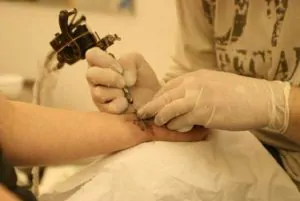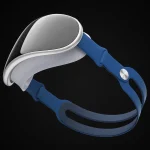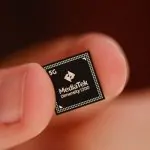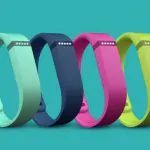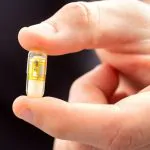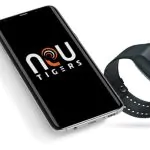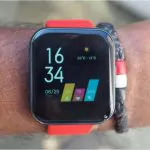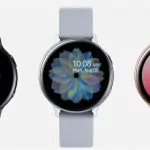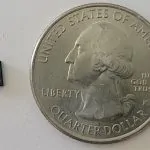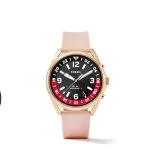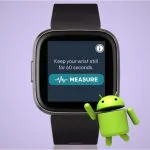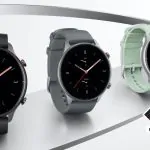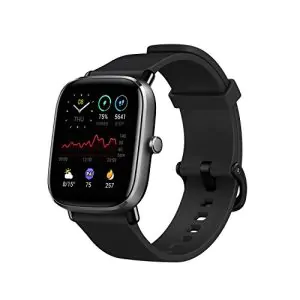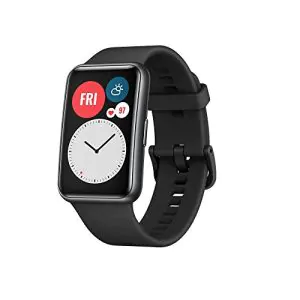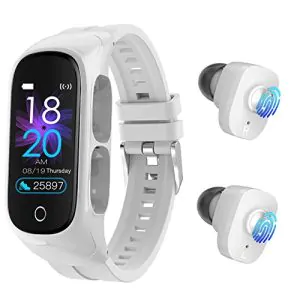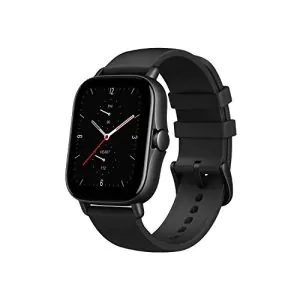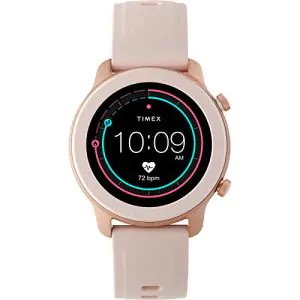When one thinks of wearable technology, the first thing that comes to mind is a gadget that is strapped to either the head or the body, attaches to some form of power source, whether or batteries or solar energy, and can be removed when not in use. There are many different types of wearable technology; from 3D virtual reality headsets to shirts that play sounds and music or even jackets and hoodies that can actually convert the sun’s solar rays into a usable power source that is capable of charging your electronic devices. However, Nokia has taken the idea of wearable technology one step further. The mobile communications giant has recently patented the vibrating tattoo, a tech that the company claims that we will soon be seen on millions of arms around the world.
How Does the Vibrating Tattoo Work?
 Nokia’s vibrating tattoo patent design is simple. A ferromagnetic material, like an ink, would be applied underneath a user’s skin, just like a normal tattoo. The ink itself consists of compounds like iron or iron oxide, and is applied with a device like a traditional tattoo needle. Although the exact procedure is not yet known, it has been suggested that the ink will be temporarily demagnetized by heating to high temperatures before applying to the skin in an effort to make the process a little more comfortable for the customer. Afterward the tattoo would be re-magnetized by repeatedly running a magnet over the area.
Nokia’s vibrating tattoo patent design is simple. A ferromagnetic material, like an ink, would be applied underneath a user’s skin, just like a normal tattoo. The ink itself consists of compounds like iron or iron oxide, and is applied with a device like a traditional tattoo needle. Although the exact procedure is not yet known, it has been suggested that the ink will be temporarily demagnetized by heating to high temperatures before applying to the skin in an effort to make the process a little more comfortable for the customer. Afterward the tattoo would be re-magnetized by repeatedly running a magnet over the area.
Once applied the vibrating tattoo will, according to the patent designs, be able to transmit a perceivable impulse signal, via magnetic waves, through the skin to alert the user when he or she receives a text, phone call or email alert from his or her smart phone. The phone, theoretically, will transmit these magnetic waves to the tattoo, which will them provide a tactile response underneath the user’s skin. The vibrating tattoo will likely be able to alert the user when his or her cell phone’s battery is running low on power. It is unlikely, however, that the tattoo would allow for much customization. After all, how easily can one tell a difference between a small itch and a flutter under the skin?
Permanent Ink: Is it a good Idea?
While having a cell phone alert tattoo embedded underneath the skin sounds promising to some, there are many who see this technology in quite an opposite light, for a variety of reasons. The most common complaint is that the tattoo would not only have a very limited use, but also a limited life as well. Over time tattoos fade. The vibrating tattoo would likely be no different, and after a while, because of the ink’s fading, it may lose its effectiveness.
 Then, of course, there is the fact that most technology has a relatively short shelf life as it is. When one thinks about the technology world a decade from now, it is easy to imagine millions of arms embedded with a tattoo that no longer functions because the technology has advanced past the point where magnetic waves are utilized.
Then, of course, there is the fact that most technology has a relatively short shelf life as it is. When one thinks about the technology world a decade from now, it is easy to imagine millions of arms embedded with a tattoo that no longer functions because the technology has advanced past the point where magnetic waves are utilized.
Finally, Nokia makes the claim that the tattoo could be used for identification purposes, negating the need for passports and ID cards, and even typing in a password. This, of course, causes panic among the doomsday crowds who insist that the tattoo is the fabled “mark of the beastâ€.
Other Potential Uses
While the idea of a tattoo that alerts the wearer to an incoming text or call seems promising to some, and silly to others, there are many other possible applications for the patent. For instance, the medical field could easily convert the idea into a usable tattoo that monitors blood sugar levels in the wearer, or can instantly alert medical professionals in the event of a life threatening health risk.
